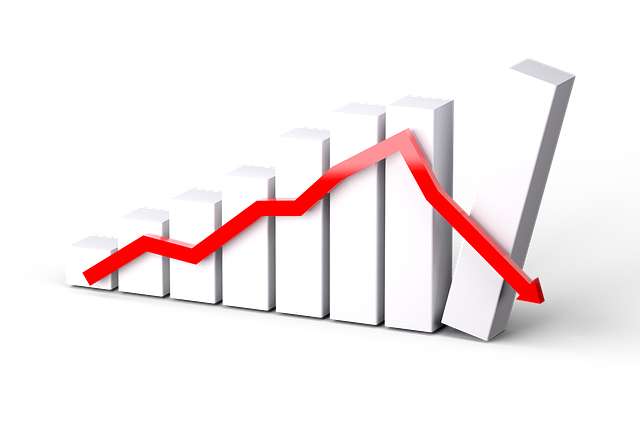Real estate professionals must understand buyer behavior and market cycles to thrive. Interest rates and economic indicators significantly impact property transactions, with booming periods seeing competitive buyers and slower markets curbing enthusiasm. Agents use advanced analytics and machine learning to predict buyer interest based on historical data, trends, demographics, and social media sentiment. This enables them to optimize marketing strategies, adjust prices, and target specific audiences, ensuring success in dynamic real estate markets by meeting shifting buyer interests through effective digital marketing techniques.
In the ever-dynamic real estate market, predicting fluctuations in buyer interest is key to staying competitive. This article explores effective strategies for understanding and anticipating shifts in buyer behavior throughout market cycles. We delve into data-driven approaches that leverage insights from historical trends and current market conditions to forecast interest. Furthermore, we provide actionable tactics for real estate professionals to adapt their marketing and sales strategies accordingly, ensuring they remain responsive to evolving consumer preferences.
Understanding Buyer Behavior in Real Estate Market Cycles

Understanding buyer behavior is pivotal in navigating real estate market cycles, where fluctuations in interest can be dramatic. In the upward swing, buyers are often driven by optimism and a strong economy, leading to heightened competition for desirable properties. This period sees increased footfall at open houses, higher offer prices, and quicker sales times, reflecting robust buyer interest. Conversely, during downturns, economic factors such as rising interest rates or an oversaturated market can curb enthusiasm. Buyers become more cautious, focusing on essential needs rather than luxuries, which translates to slower transaction speeds and a broader range of negotiable prices.
Real estate agents play a crucial role in deciphering these patterns by analyzing historical trends, keeping abreast of economic indicators, and gauging consumer sentiment. This knowledge equips them to advise clients on optimal timing for purchasing or listing properties, ensuring they capitalize on market conditions that favor their interests. By understanding buyer behavior across various market cycles, agents can provide valuable insights, enabling clients to make informed decisions in a dynamic real estate landscape.
Data-Driven Approaches to Predict Interest Fluctuations

In today’s data-driven world, real estate professionals can leverage advanced analytics and machine learning algorithms to predict fluctuations in buyer interest with remarkable accuracy. By analyzing historical sales data, market trends, demographic shifts, and consumer behavior patterns, these data-driven approaches offer valuable insights into what drives demand and where it may wane. Incorporating factors such as seasonal variations, economic indicators, and even social media sentiment can help create sophisticated predictive models that anticipate buyer interest on both micro and macro levels.
This proactive approach enables real estate agents to adapt their marketing strategies, adjust listing prices, and target specific demographics more effectively. For instance, understanding the cyclical nature of buyer behavior—peaks during spring and summer months, lulls in winter—can inform inventory management and advertising campaigns. Additionally, integrating social media analytics allows for a deeper understanding of consumer preferences and trending topics, ensuring marketing efforts remain relevant and resonate with potential buyers.
Strategies for Adapting Marketing and Sales Tactics Accordingly

In the dynamic landscape of real estate, keeping pace with buyer interest is paramount for success. To predict and adapt to fluctuations, marketing and sales strategies must be nimble and responsive. Start by closely analyzing market trends and consumer behavior through data-driven insights. Utilize advanced analytics to identify patterns in search behaviors, property preferences, and purchase trends, allowing you to anticipate shifts in demand.
Additionally, integrate digital marketing techniques that enable real-time engagement. Leverage social media platforms, email campaigns, and personalized content to remain top of mind with potential buyers. By offering timely updates, exclusive listings, or insightful market analysis, you can capture interest and drive conversions during periods of heightened or diminished buyer activity.






